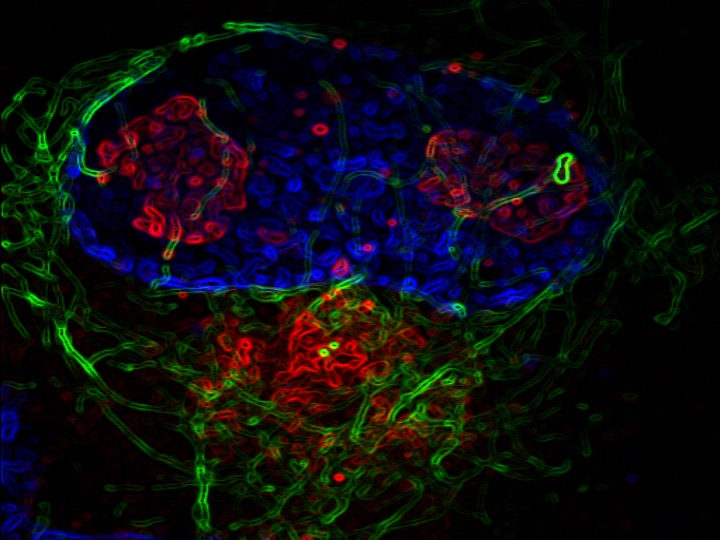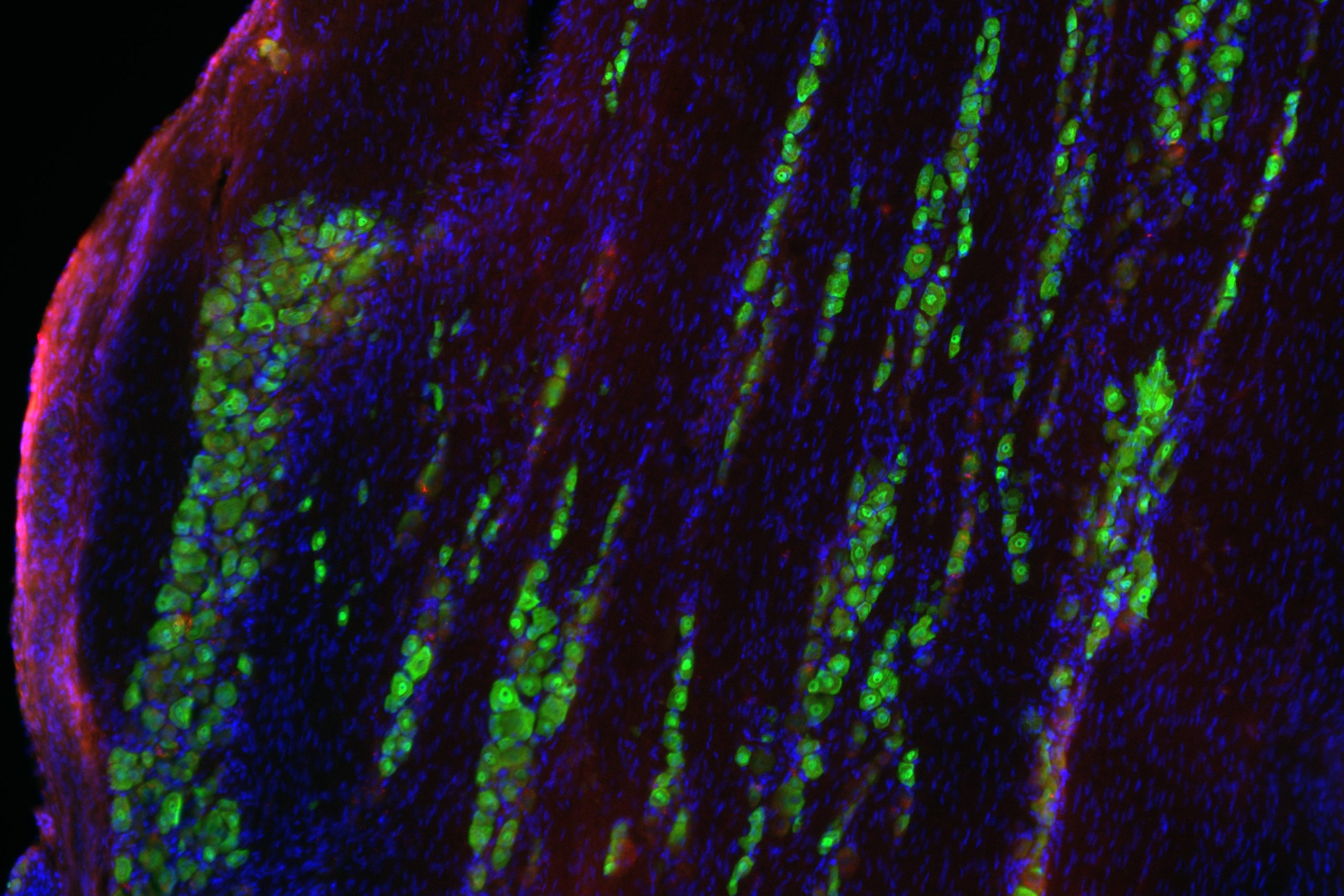
A group of scientists combined medicinal chemistry and human stem cells to improve an existing medication treating a genetic disorder of heart rhythm, according to a report published in Cell Stem Cell.
This new approach could speed up drug discovery for a variety of genetic heart disorders, according to Alfred George, Jr., MD, chair and Magerstadt Professor of Pharmacology and a co-author of the study.
“Using hiPSC-cardiomyocytes may allow rapid screening of novel drugs designed to target specific genetic cardiac disorders such as the congenital long-QT syndrome,” said George, who also director of the Center for Pharmacogenomics.
Human induced pluripotent stem cells (hiPSCs) have been used to model various disease phenotypes in a wide range of conditions, but testing potential drug compounds in hiPSCs is still an emerging strategy, according to the authors. Nonetheless, hiPSCs are particularly suitable for modeling genetic cardiac disorders such as long-QT syndrome, a congenital condition that can cause sudden and dangerous abnormal heart rhythms.
One commonly prescribed treatment for the syndrome is mexiletine, a sodium channel inhibitor that helps stabilize heart rhythm. However, recent studies have revealed that mexiletine also blocks some potassium channels in the heart, which can have dangerous consequences, and modifications to limit these drug effects could improve safety.
In the study, investigators performed high-throughput screening in hiPSC cardiac cells, measuring the electrophysiological response to seven different mexiletine derivatives in both healthy cells and cells modeling long QT syndrome. Four of the derivatives were an improvement on mexiletine, and one — termed MexA2 —reduced arrhythmias at a third of the dose of the original drug.
In the future, scientists can explore aspects of the more-effective derivatives, pulling the best parts of each of those into what could be an eventual drug. This is only possible through testing these compounds in models of disease early in the process, as hiPSCs allow.
In addition, this could also be extended to other areas of medicine, according to George.
“Similar approaches may be possible using other cell derivatives of hiPSC — such as neurons — for investigating precision medicine approaches to genetic epilepsies,” George said.
Franck Potet, PhD, former research assistant professor of Pharmacology, was a co-author of the study.
This research was made possible by National Institutes of Health grant U01 HL131914 and American Heart Association grant 9SFRN34820006.






